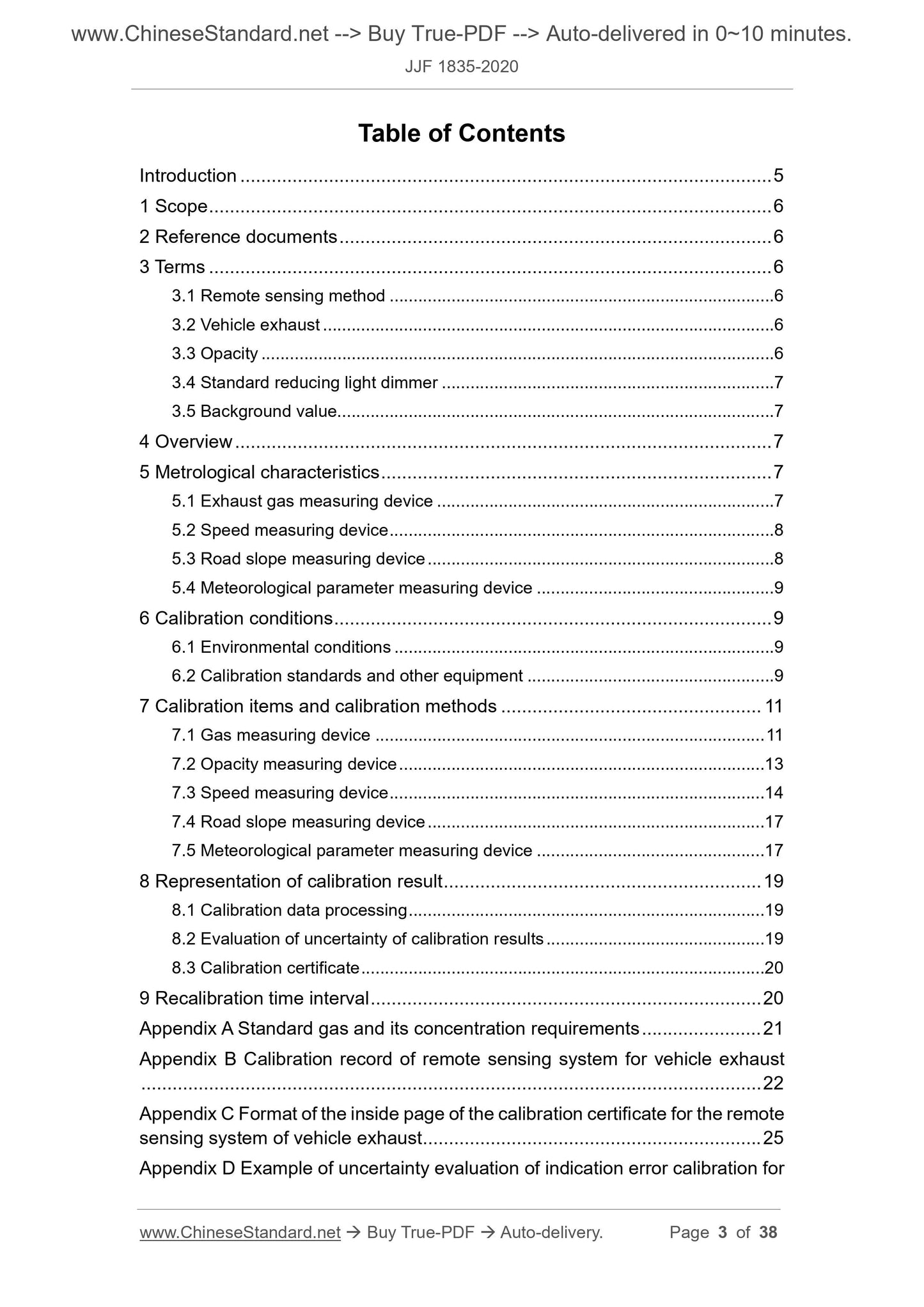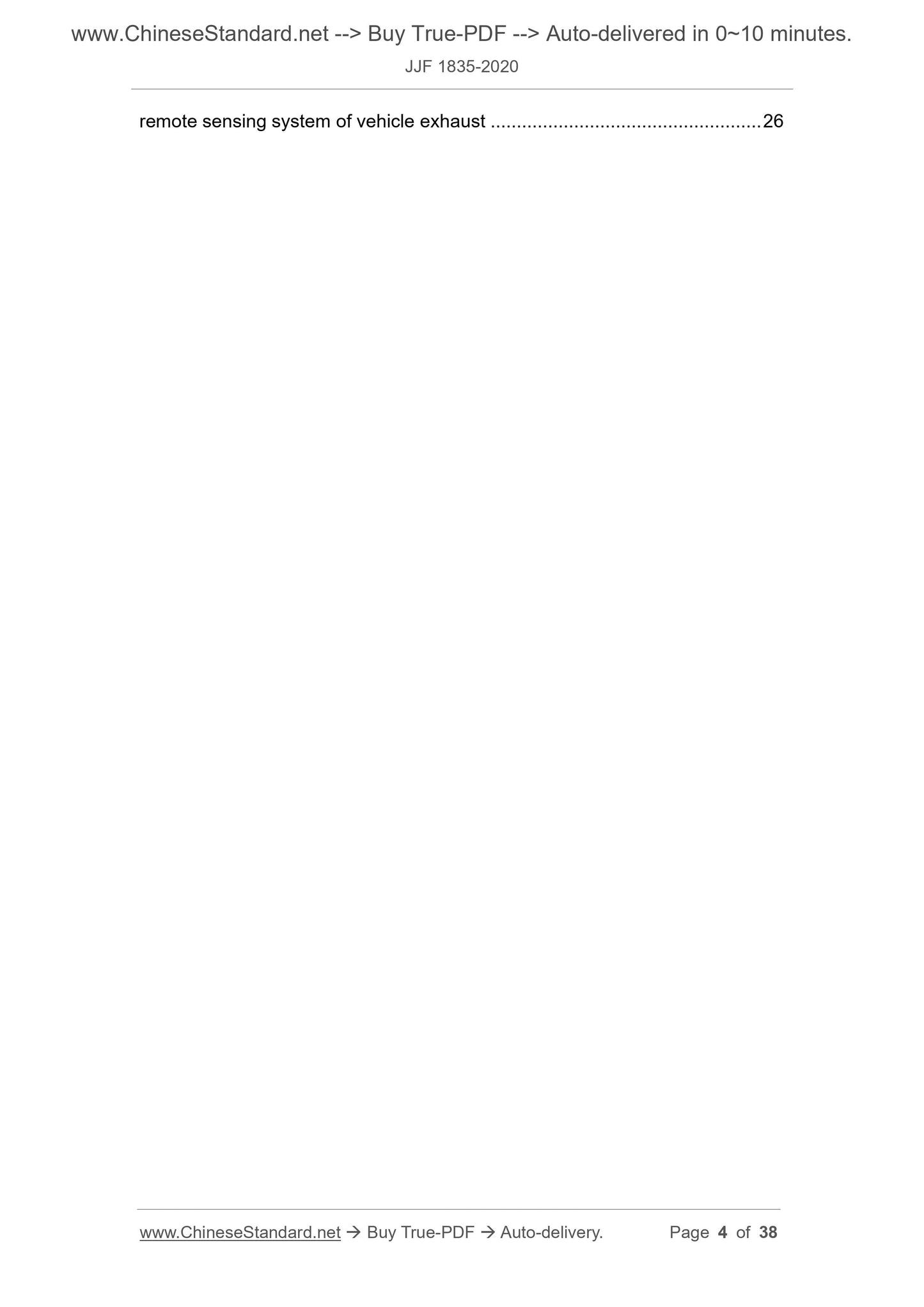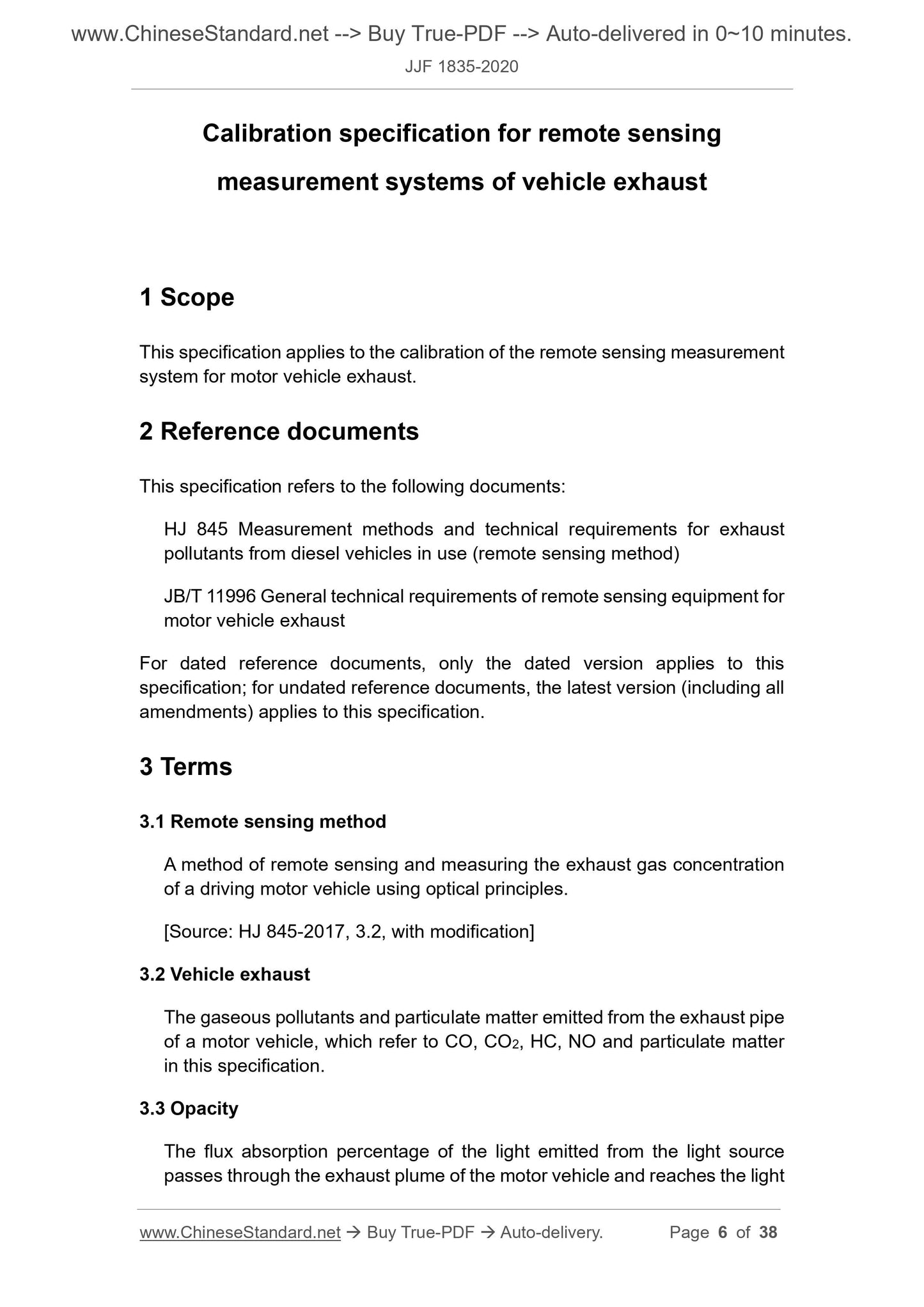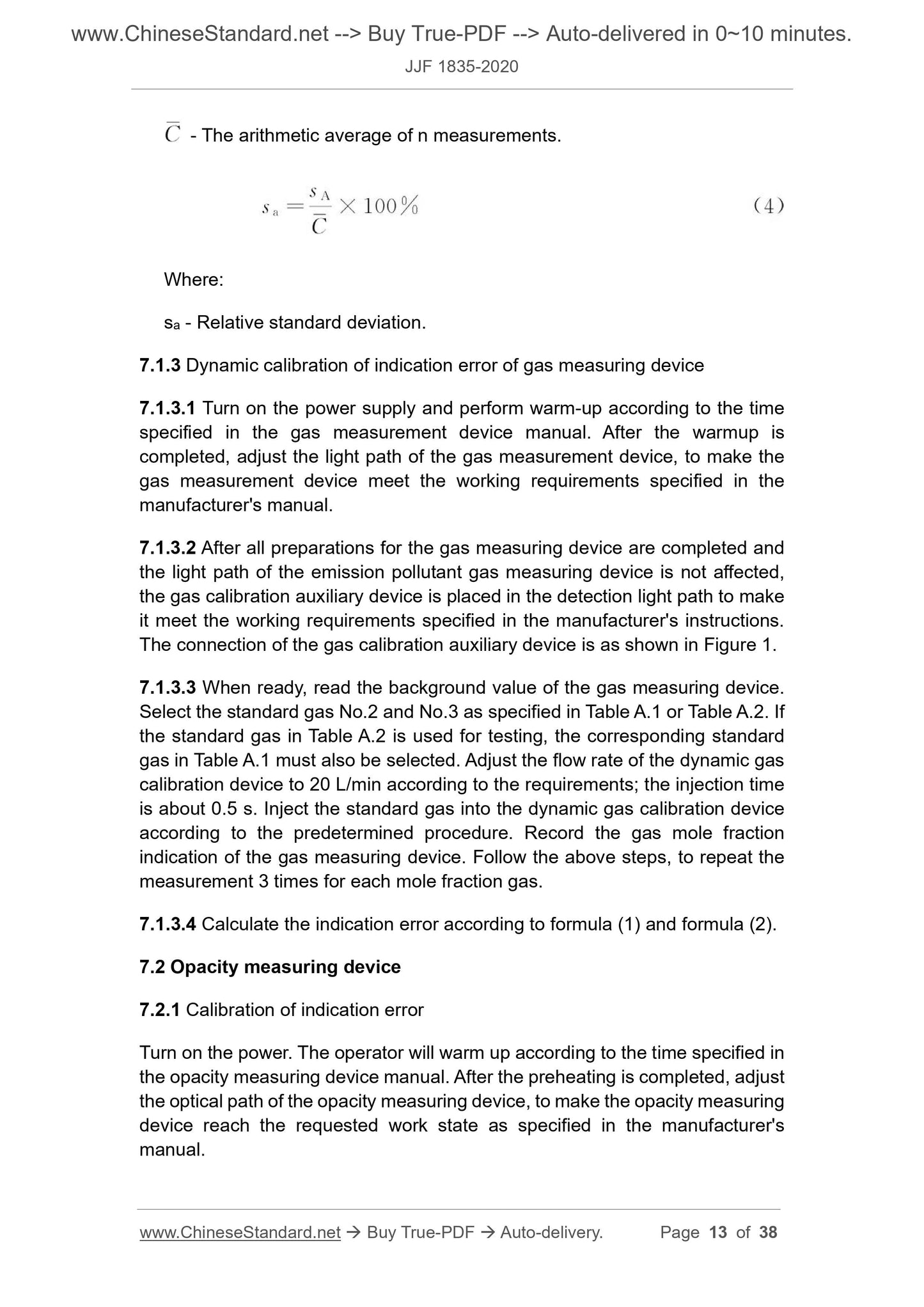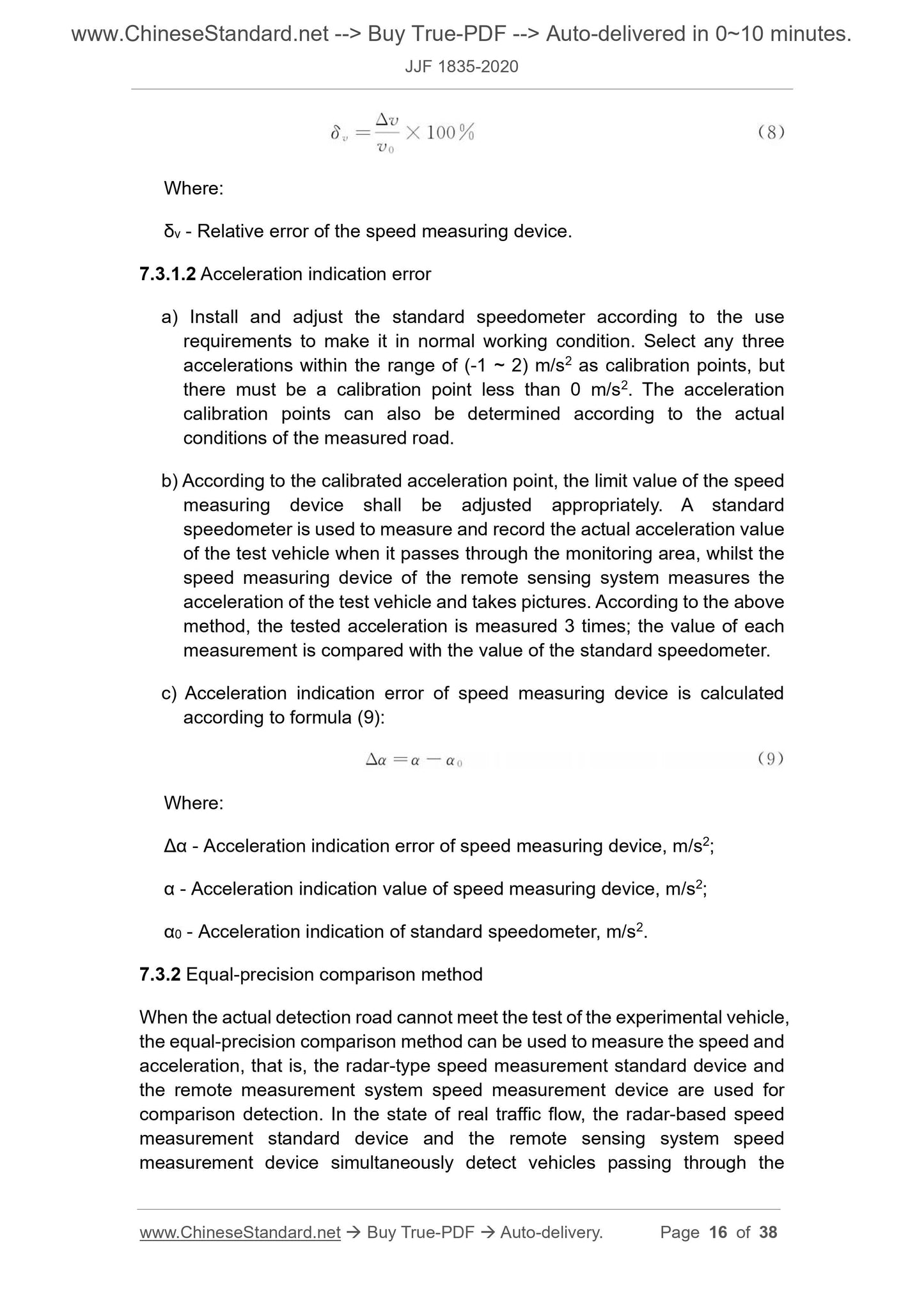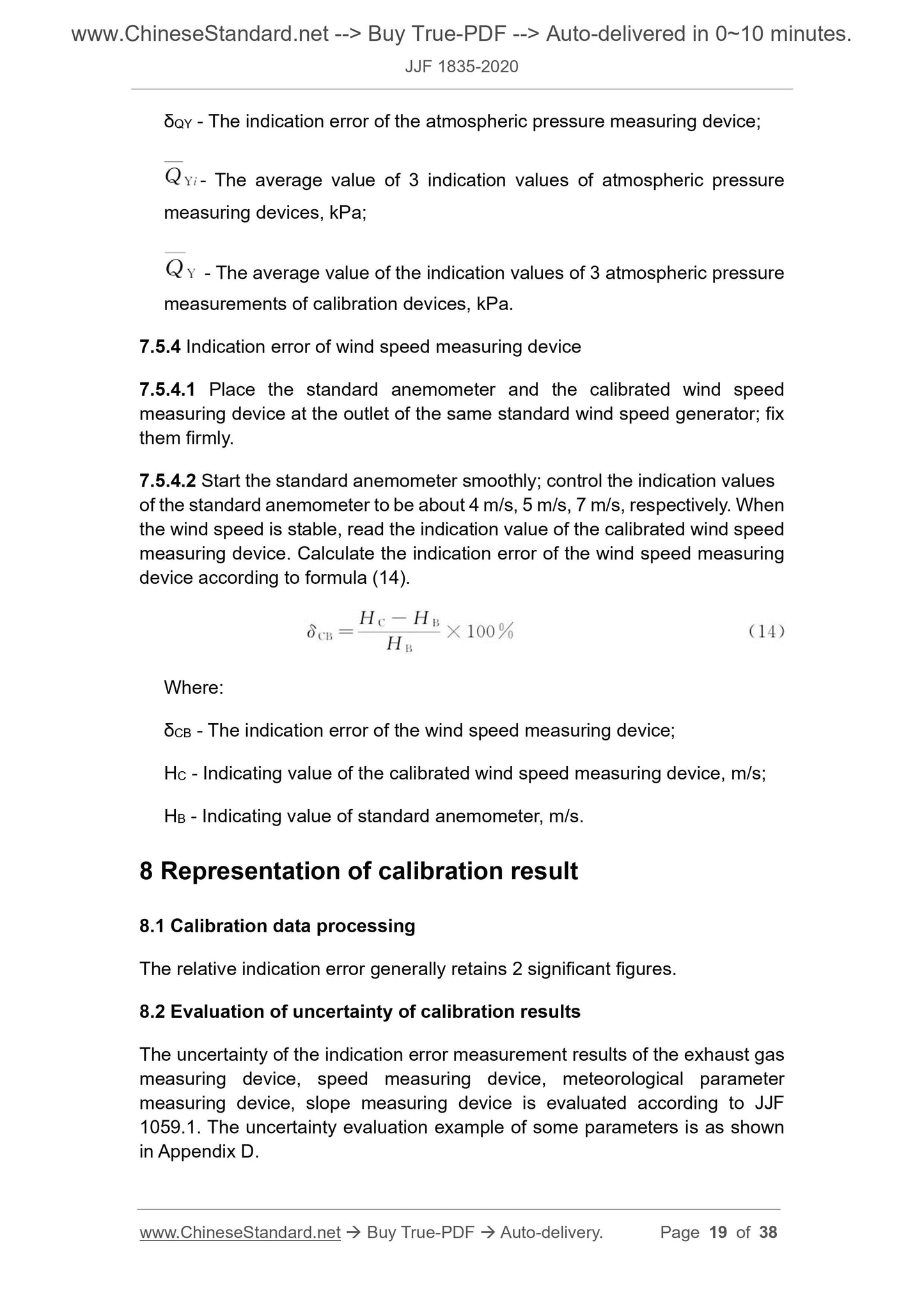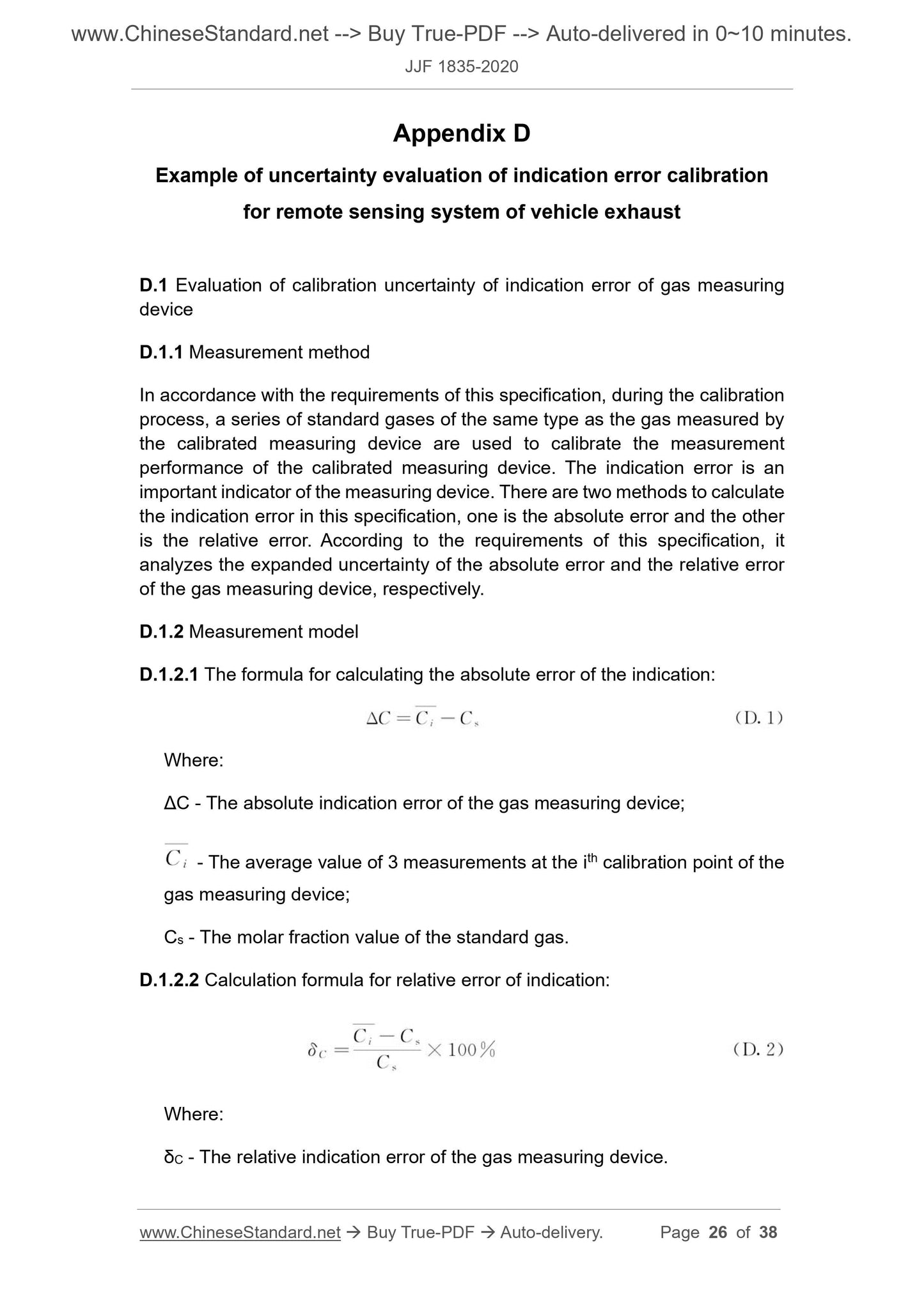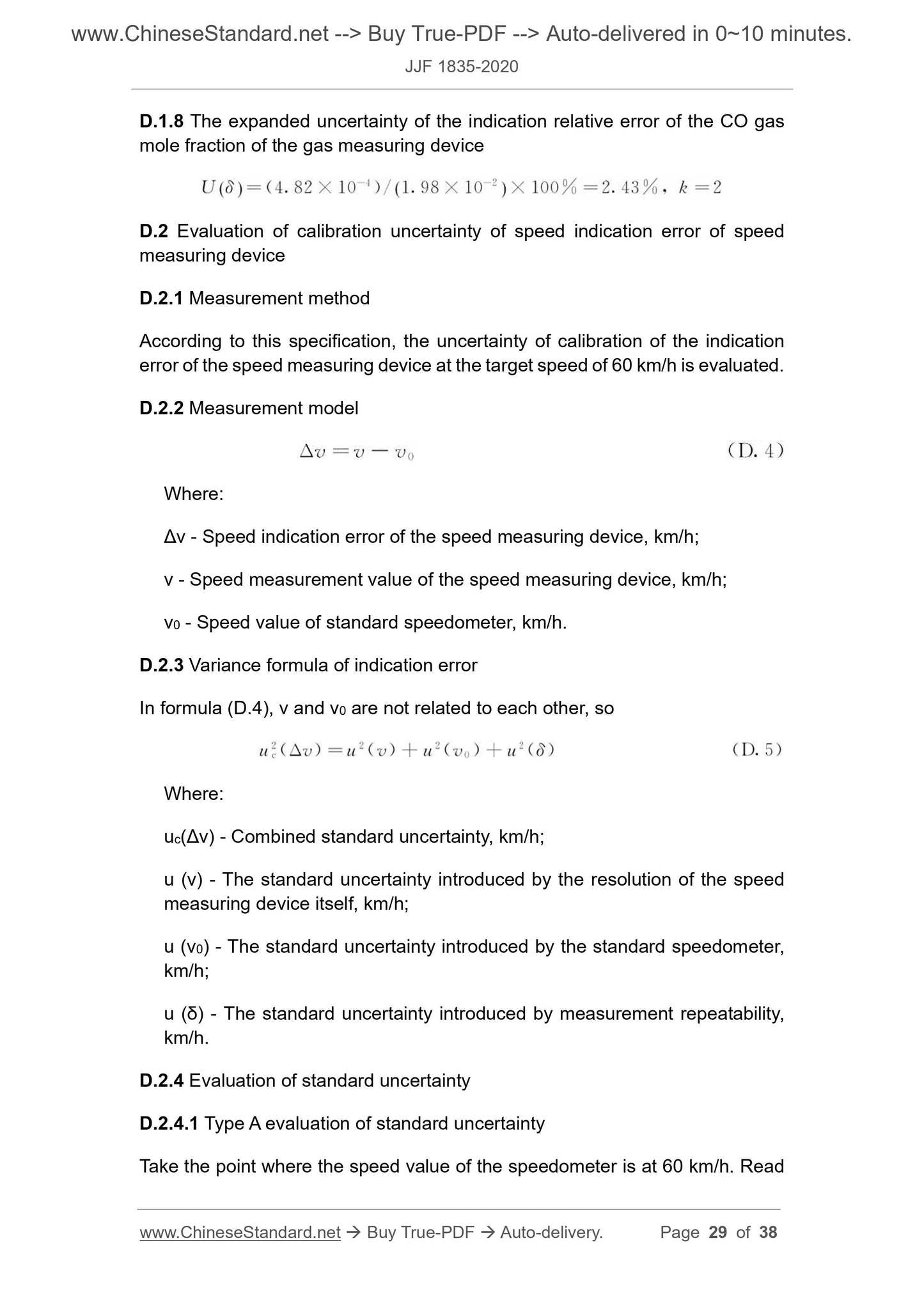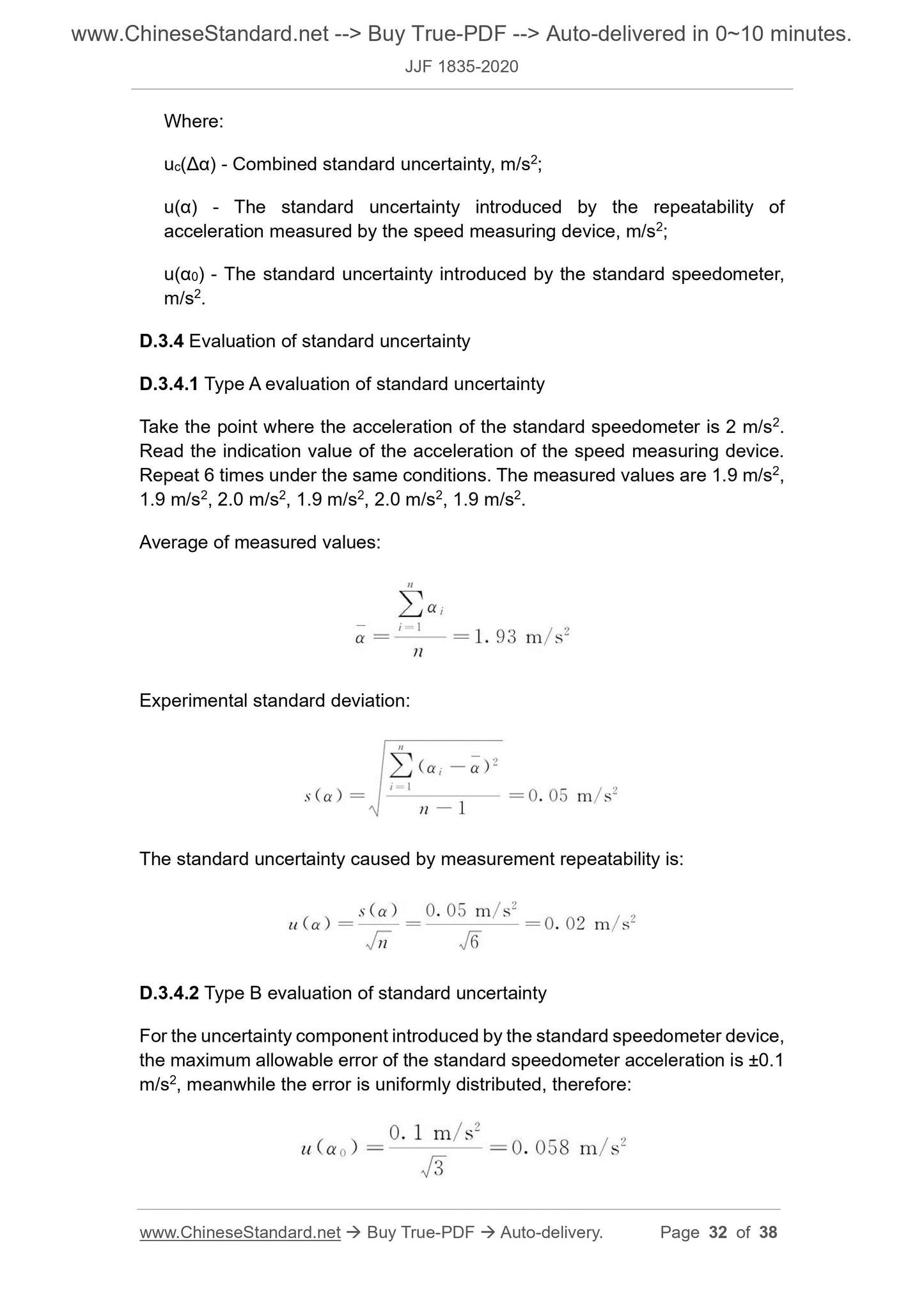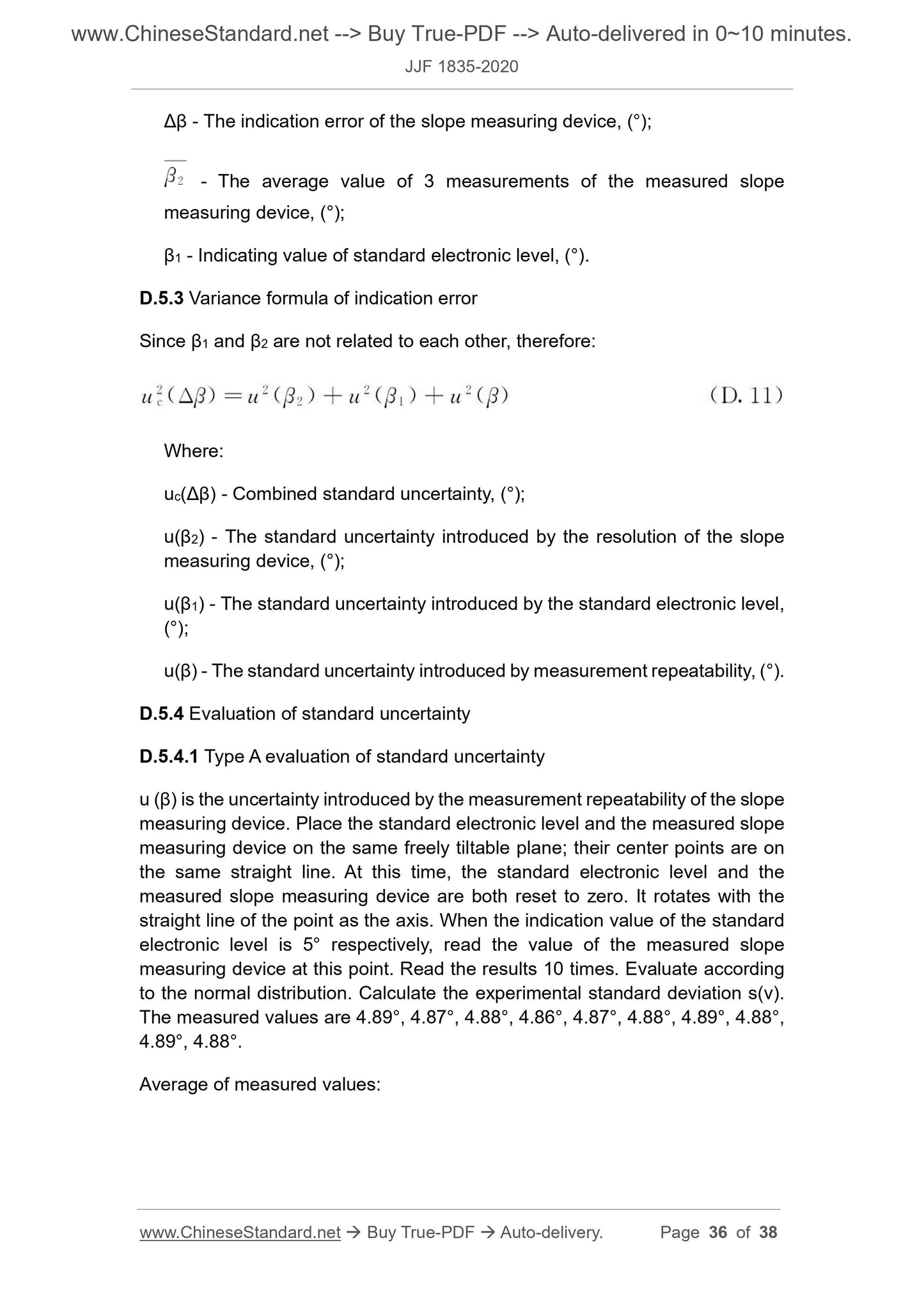1
/
of
12
www.ChineseStandard.us -- Field Test Asia Pte. Ltd.
JJF 1835-2020 English PDF
JJF 1835-2020 English PDF
Regular price
$405.00
Regular price
Sale price
$405.00
Unit price
/
per
Shipping calculated at checkout.
Couldn't load pickup availability
JJF 1835-2020: Calibration Specification for Terrestrial Laser Scanners
Delivery: 9 seconds. Download (and Email) true-PDF + Invoice.Get Quotation: Click JJF 1835-2020 (Self-service in 1-minute)
Newer / historical versions: JJF 1835-2020
Preview True-PDF
Scope
This specification applies to the calibration of the remote sensing measurementsystem for motor vehicle exhaust.
Basic Data
| Standard ID | JJF 1835-2020 (JJF1835-2020) |
| Description (Translated English) | Calibration Specification for Terrestrial Laser Scanners |
| Sector / Industry | Metrology and Measurement Industry Standard |
| Classification of Chinese Standard | A50 |
| Word Count Estimation | 30,364 |
| Date of Issue | 2020-07-02 |
| Date of Implementation | 2020-10-02 |
| Regulation (derived from) | Announcement No. 29 (2020) of the State Administration for Market Regulation |
| Issuing agency(ies) | State Administration for Market Regulation |
Share

